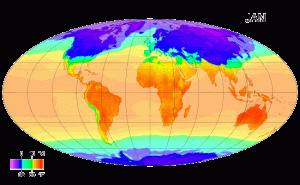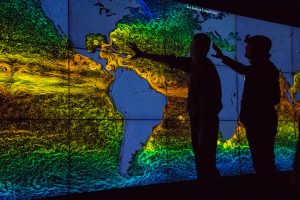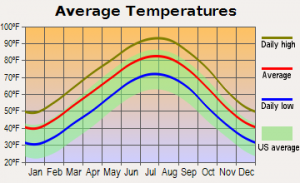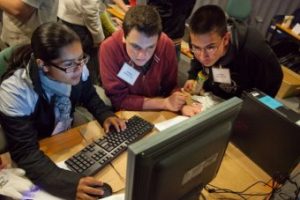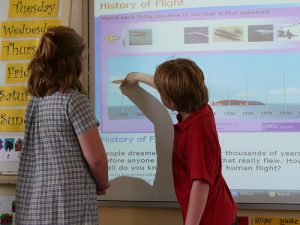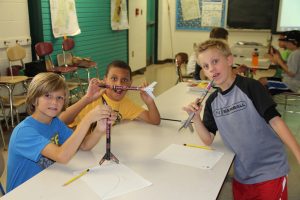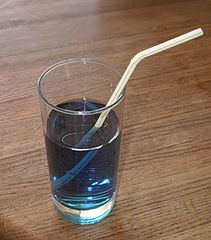
One challenge for students is to understand the refraction of light. For example, when a student observes a straw in a glass of water, the straw looks like it is bending. This is due to the properties of light, but this understanding can be fraught with misconceptions regarding how light behaves. Some interesting misconceptions about light may be that water does not reflect or absorb light but light can go through it, light always passes straight through transparent objects (without changing direction) or that light needs air to travel (Sampson & Schleigh, 2016).
Research notes that although light is an everyday phenomenon that we constantly observe, students often display learning difficulties and hold unscientific understanding on physics concepts of light wave (Srisawadi & Kroothkeaw, 2014). In addition, concepts of light such as its speed and wave length are removed from the range of perceptions of the human senses, and so optics instruction can be subject to interpretation, so there is a need for careful consideration in physics teaching process (Srisawadi & Kroothkeaw, 2014). Computer simulations can broach this divide. As noted, computer simulations can enhance generating relationships and allow students and teachers the opportunity to view trends, variables and visual representation in more concrete ways which may lead to more accurate conceptual understandings (Khan, 2011).

In order to generate information about this phenomenon the educator can begin an open-ended discussion to find out current concepts about light. Questions such as:
What is light?
Where do you think light comes from?
How does light travel?
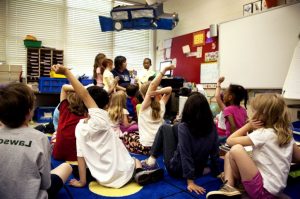
This will allow the educator to begin to understand what conceptions and misconceptions the students may hold about light and will also allow the students to begin thinking about the concept. As this discussion is occurring the educator can note responses on chart paper or interactive whiteboard so that ideas can be reviewed as the process of understanding continues. As an educator I would incorporate “accountable talk” which will allow students to defend their ideas and question others about their understandings. Examples of accountable talk would be statements like;
“I wonder why….?
“I see what you are saying (rephrase)”
“What you said made me think….”
Then as an educator I would facilitate a review of the ideas generated in the group discussion through referring and restating the list created by students. I would break this down further into “Our First Ideas about Light” and then create another section for questions we now have about light. This would be labelled “Our Questions about Light”. We would brainstorm some questions that we have. Then I would provide students with appropriate books and internet resources about light. I would also show them a model or a picture of a straw in a glass of water. The straw appears to bend and so I would ask them how they would explain the phenomenon. After they have a chance to read/view this information, I would ask them to work with a partner, independently or in a small group (provide choice) and to draw or create a clay model of their understanding of light.
We would then reconvene and compare our models. I would give students time to explain their models to their peers so that I could continue to assess possible misconceptions. At this point the students may begin to reformulate their understandings based on new learning from their peers. Then we would watch several simulations about light refraction. I would ask the students to consider their previous understandings by asking “Do you need to change your original drawing/model? Or “Do you think you need to modify your original drawing/model?” Our new understanding would be discussed and a new category would be added to our discussion titled “New Understandings”.
Bending Light Simulations
Refraction in Water Simulation
References
Bending Light. (n.d) Retrieved March 1, 2017, from https://phet.colorado.edu/sims/html/bending-light/latest/bending-light_en.html
Khan, Samia (2011). New pedagogies on teaching science with computer simulations. Journal of Science Education and Technology 20, 3 pp. 215-232.
Refraction in water. (n.d.) Retrieved February 29, 2017, from https://www.khanacademy.org/science/physics/geometric-optics/reflection-refraction/v/refraction-in-water
